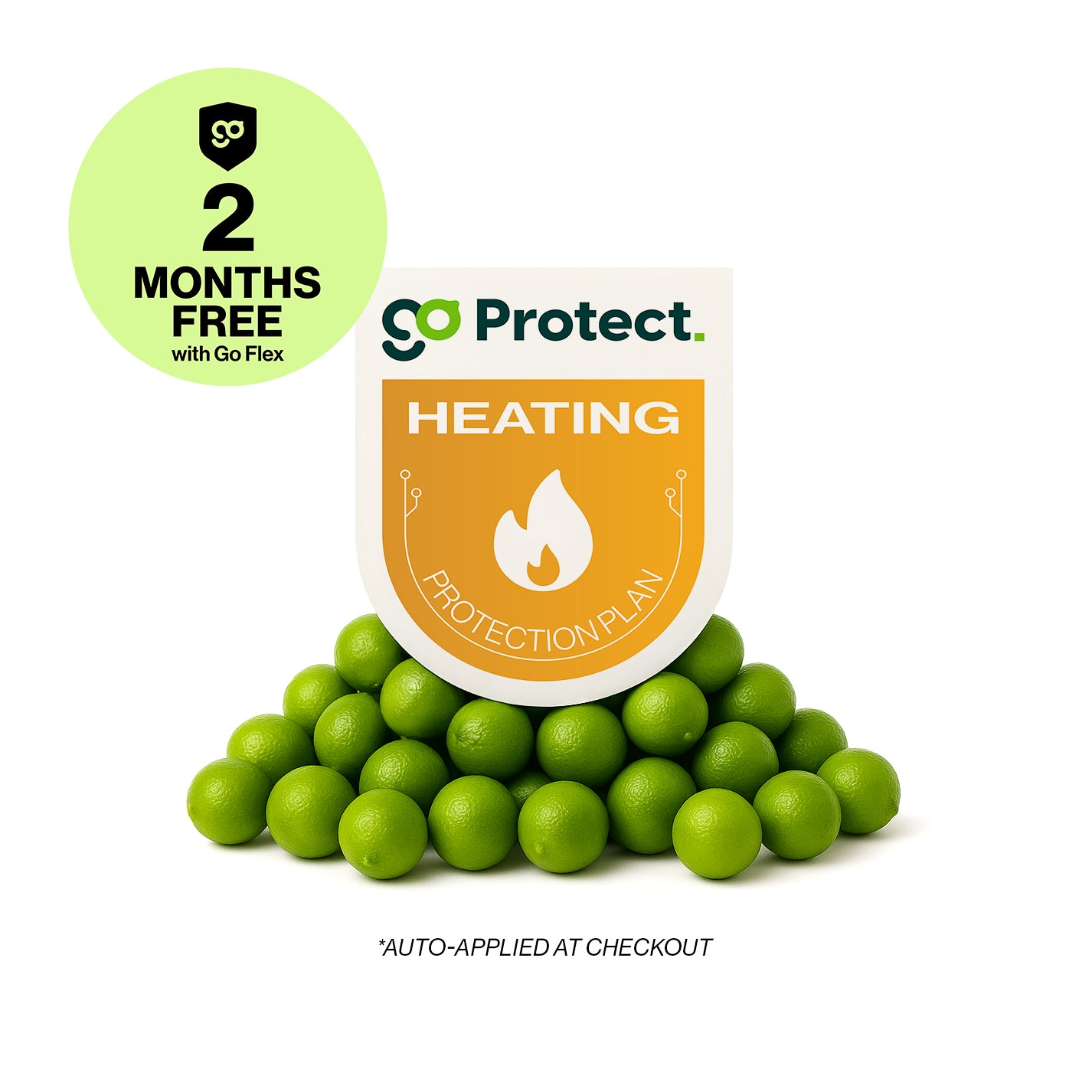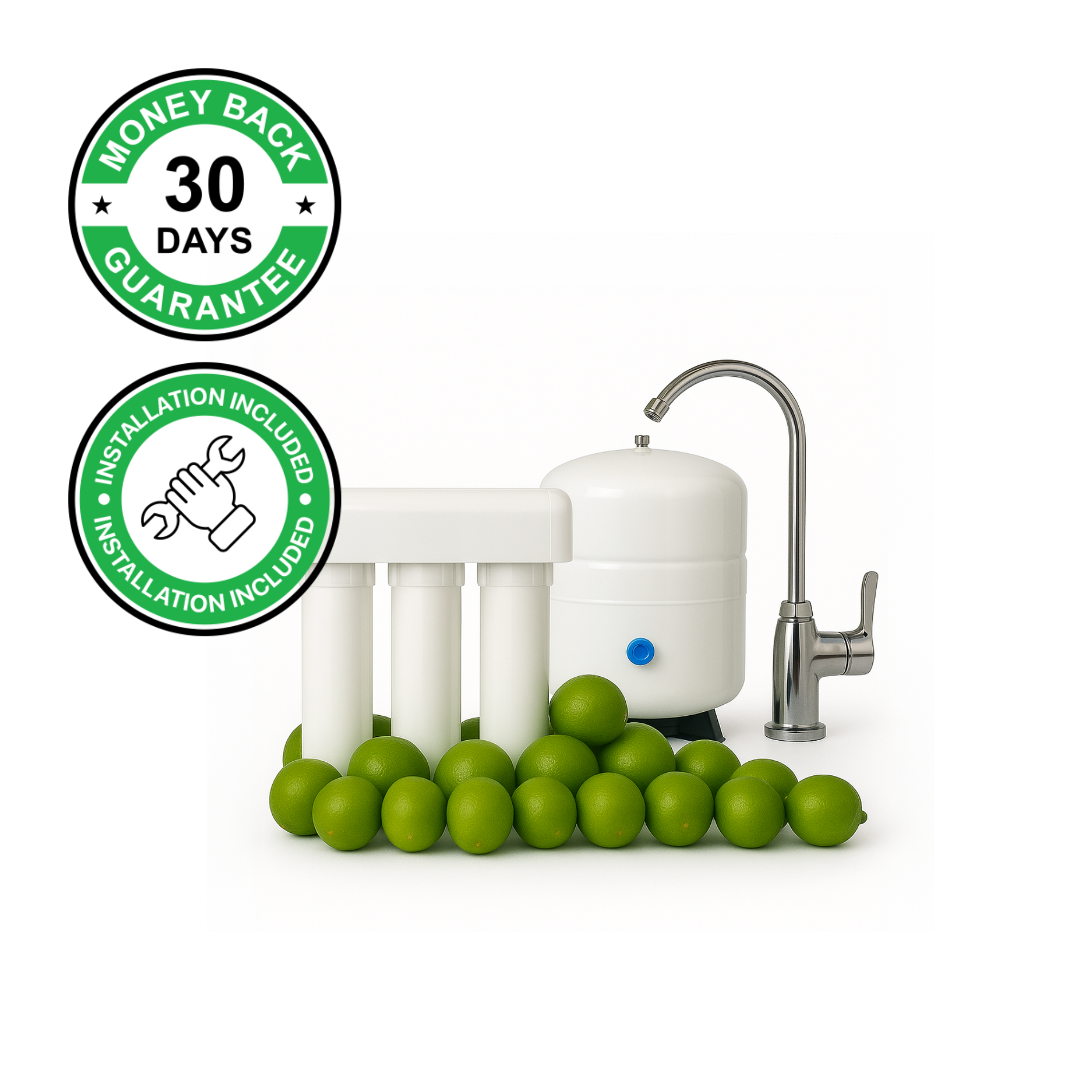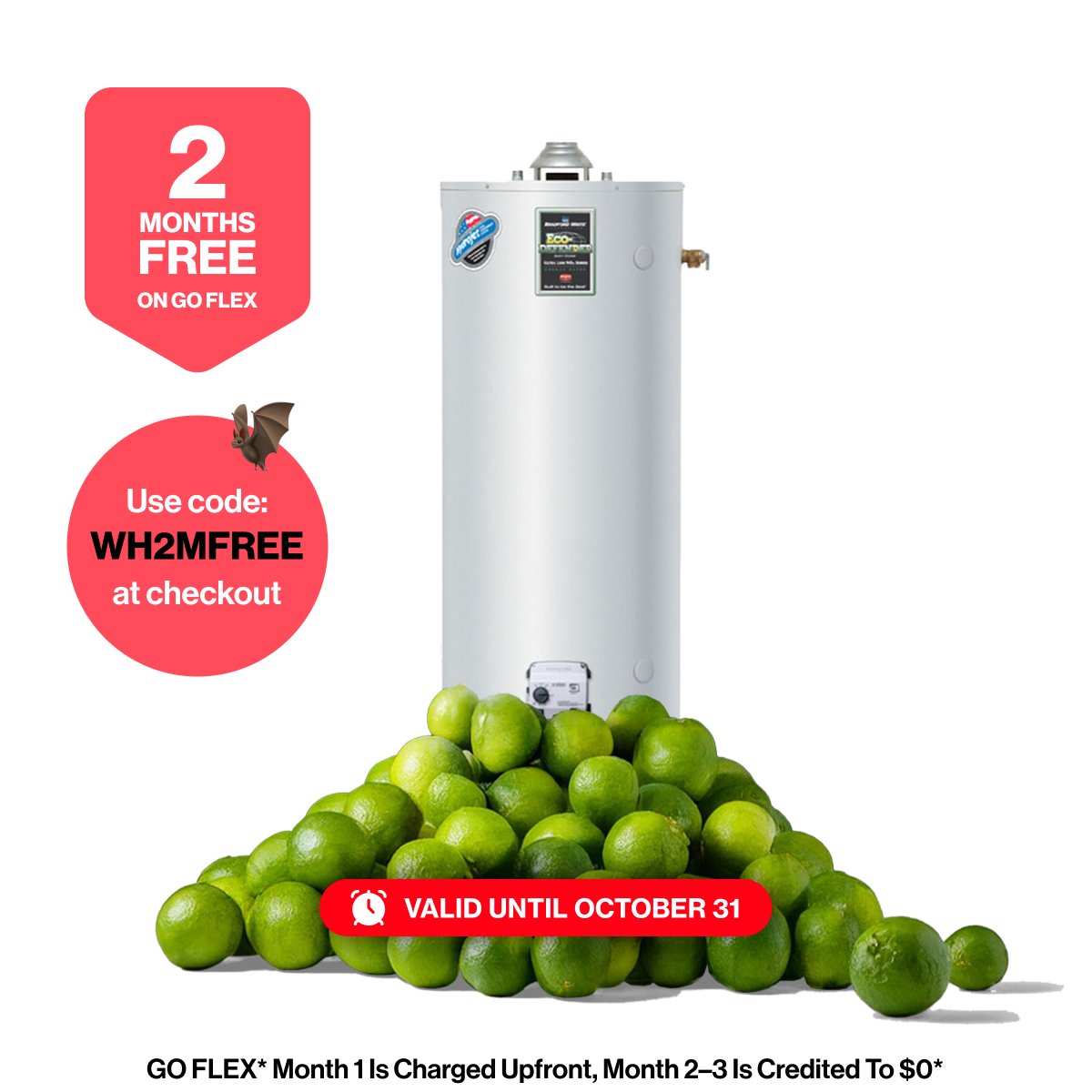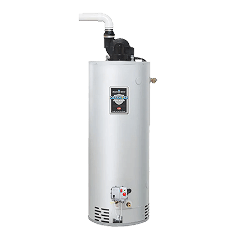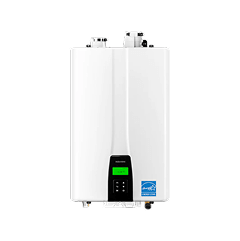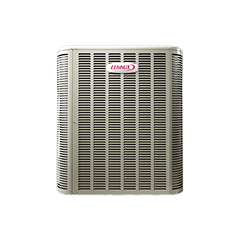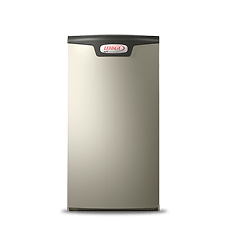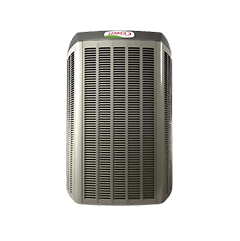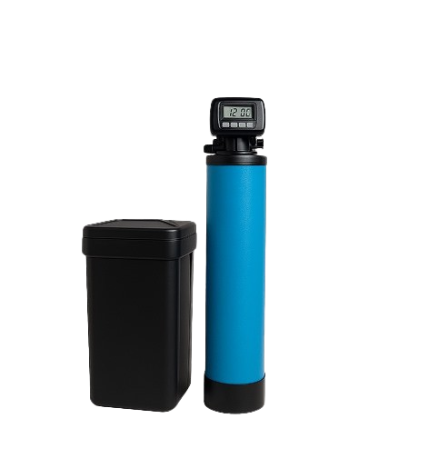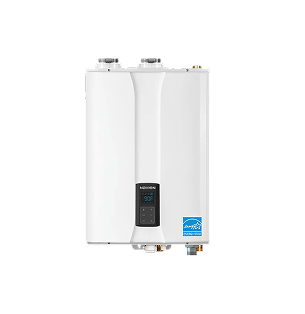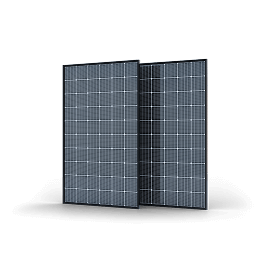Why Is My AC Blowing Warm Air? Common Causes & Quick Fixes
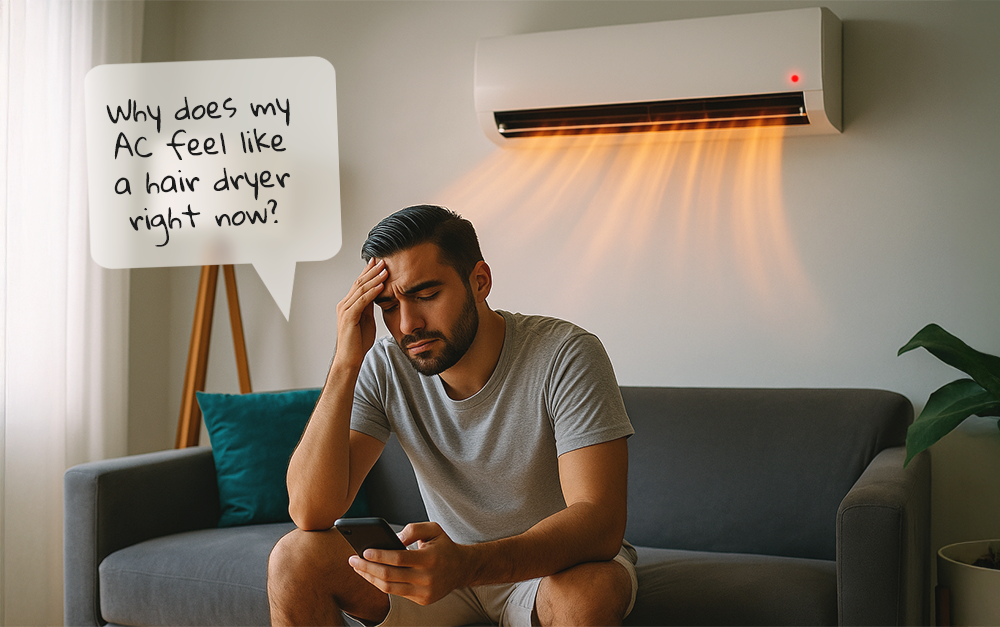
If your air conditioner is blowing warm air, it’s usually due to incorrect thermostat settings, a dirty air filter restricting airflow, low refrigerant levels, or a malfunctioning outdoor unit. For Ontario homeowners, this can be especially frustrating during the hot and humid summer months when a reliable AC is essential for indoor comfort.
In this blog, we’ll explain how your air conditioner works, the most frequent issues that cause it to blow warm air, troubleshooting tips you can try at home, and when it’s time to bring in an HVAC professional.
How Your Air Conditioner Works
Your air conditioning system is designed to remove heat from your home, not just blow cold air. When functioning correctly, the indoor unit draws warm air from your home and circulates it over an evaporator coil filled with refrigerant. This process absorbs the heat, which is then transferred to the outdoor unit and released outside. The cooled air is then circulated back into your home through the ductwork.
This cycle continues until your indoor temperature matches your thermostat setting. If your AC is blowing warm air, something is interrupting this cooling cycle, and it needs to be addressed quickly to restore comfort and avoid damage to your system.
Common Problems and Troubleshooting Steps
1. Incorrect Thermostat Settings

Sometimes the fix is as simple as adjusting your thermostat. If the system is set to “Fan” mode instead of “Cool,” the fan will circulate air without triggering the cooling cycle. Also, if the temperature is set too high, the unit won’t cool effectively. Check that the thermostat is set to “Cool,” the temperature is below the current room temperature, and the batteries (if applicable) are working properly.
For smart thermostats, confirm that the scheduling or automation features haven’t overridden your preferred settings.
2. Clogged or Dirty Air Filter

A dirty air filter restricts airflow, which can cause the system to overheat and stop cooling properly. Reduced airflow also leads to poor circulation, which may feel like warm air coming from your vents. If you haven’t changed your filter in more than a month, especially during high-use summer months in Ontario, it’s time to replace it.
Turn off your AC, remove the existing filter, and inspect it. If it’s visibly dirty or clogged with dust and debris, replace it with a new one. Regular filter changes not only prevent warm air issues but also improve system efficiency and indoor air quality.
3. Refrigerant Leak or Low Refrigerant Levels

Refrigerant is the cooling agent that absorbs heat from your indoor air. If your system is low on refrigerant usually due to a leak, it won’t be able to remove enough heat, resulting in lukewarm air from your vents. You might also notice ice forming on the evaporator coil or unusual hissing sounds coming from the unit.
Unfortunately, refrigerant levels can’t be “topped off” like fuel; the system must be sealed and recharged by a certified HVAC technician. If you suspect this issue, call a professional immediately. Continuing to run your AC with low refrigerant can damage the compressor and lead to more costly repairs.
4. Dirty or Blocked Outdoor Unit (Condenser)

Your outdoor unit is responsible for releasing the heat absorbed from your home. If it’s blocked by dirt, leaves, or other debris, it can’t release heat efficiently. When that happens, the system gets backed up and blows warm air indoors.
Visually inspect the area around your condenser and remove any obstructions. Make sure there are at least 2–3 feet of clearance around the unit. If the coils appear dirty, you can rinse them gently with a garden hose. Just be sure to turn off the power to the unit first. For deeper cleaning, it’s best to schedule a professional maintenance appointment.
5. Frozen Evaporator Coil

When airflow is restricted or refrigerant is low, your evaporator coil may freeze over. You might notice ice buildup on the indoor unit or water pool near it as the ice melts. A frozen coil can’t absorb heat, which stops the cooling process altogether.
Turn off your AC immediately and let the system thaw. You can speed up the process by running the fan setting only (without cooling) for a few hours. Once thawed, check your air filter and airflow again. If the coil continues to freeze, the root cause may be a refrigerant leak or a failing blower fan, both of which require professional attention.
6. Electrical or Disconnect Issues

If the indoor unit is running but the outdoor condenser isn’t, the system won’t be able to release heat. This often results in warm air blowing from your vents. Start by checking your circuit breaker to ensure the AC hasn’t tripped. If it has, reset it once and monitor the system. Frequent tripping indicates a deeper electrical issue that must be addressed by a licensed technician.
Also check that the outdoor unit's disconnect switch (usually located near the condenser) hasn’t been accidentally turned off during landscaping or maintenance work.
Summer Air Conditioning Tips for Ontario Homes
Keeping your AC in good shape doesn’t just prevent warm air issues it also reduces your energy bills and extends your system’s lifespan. Ontario homeowners can follow these simple tips:
- Schedule a professional tune-up every spring to catch issues before peak season.
- Replace filters regularly every 1 to 3 months depending on usage and indoor air quality.
- Keep the outdoor unit clear of debris, shrubs, and other obstructions.
- Use ceiling fans to help circulate air and reduce strain on your AC system.
- Keep blinds or curtains closed during peak sunlight hours to prevent heat gain inside your home.
These steps may seem small, but they can make a significant difference in both comfort and system performance.
When to Call a Professional HVAC Technician
Some AC problems require more than a quick fix or filter change. You should call a certified HVAC technician if:
- Your AC is running continuously but the air is still warm.
- You see ice or moisture around the indoor unit.
- Your energy bills have suddenly spiked.
- The outdoor unit isn’t turning on.
- You suspect a refrigerant leak or notice strange smells or noises.
At Go Lime, we help Ontario homeowners stay cool all summer long. Our experienced HVAC team can quickly diagnose your system and recommend the right repair or replacement options - always with transparent pricing and no surprises.


